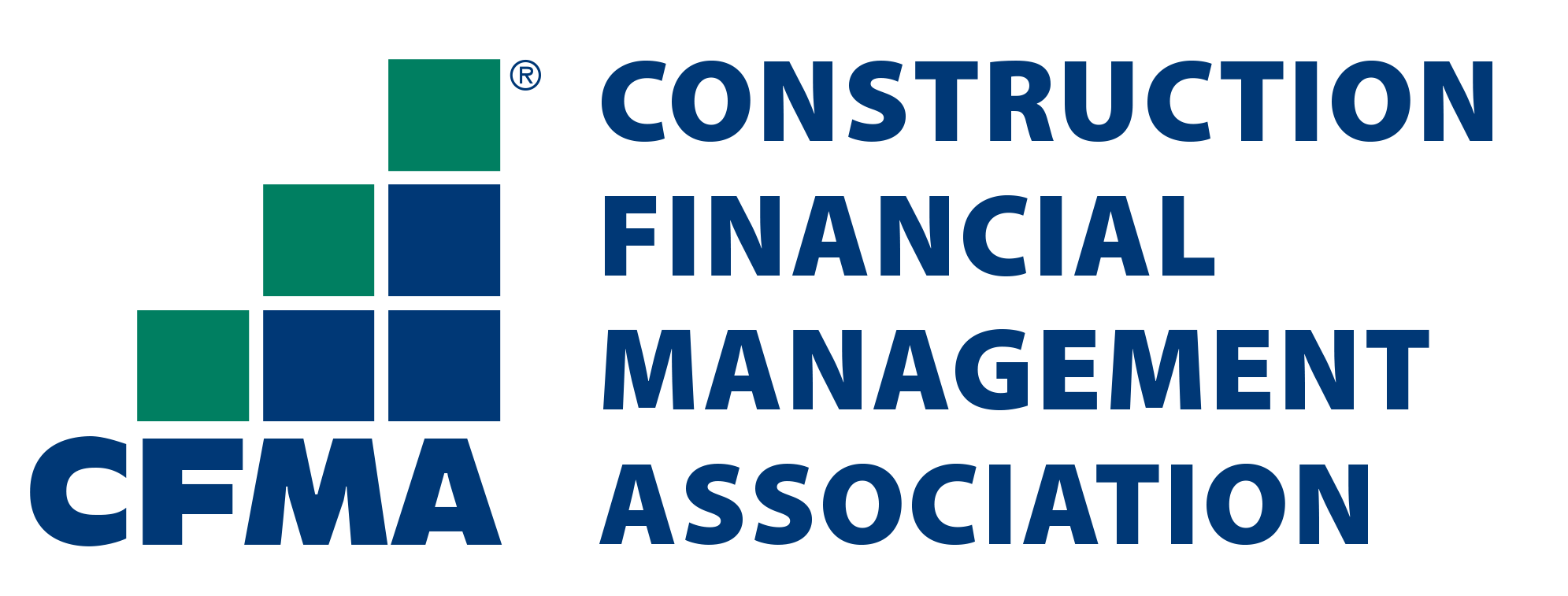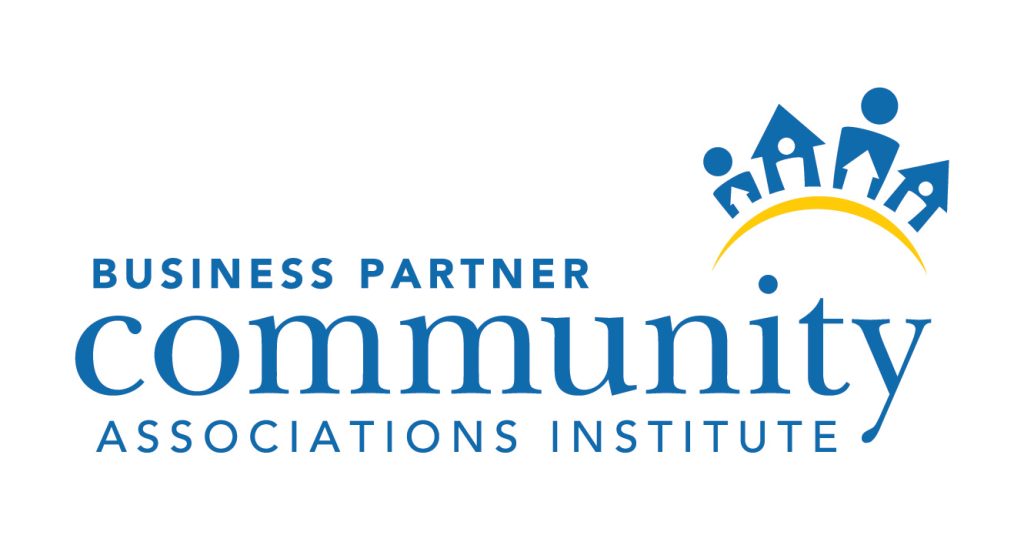
All You Need to Know About Progress Billing
- September 18, 2018
- admin@ohi

Progress Billing is considered to be one of the most frequently used invoicing methods for long-term contracts. Normally speaking, while making contracts there are always some upfront payments involved, somewhere around 50% of the total project, and the rest paid after its completion. To pay an amount this substantial before the work is yet to show any sign of start, puts the customer in a position of risk incurring a capital loss. If this risk is the concern, then that is where Progress Billing comes in!
Progress Billing secures your interest and helps to make part payments in proportion to the progress of project work completed so that one can surely feel confident about the direction in which the project is headed. Let’s look at a quick guide on how to use this billing system in an orderly fashion to gain the desired outputs.
The initial contract should be well-negotiated discussing the milestone, contract cost, payment frequency, estimated completion period of the project that both parties should agree on. You should be able to discuss the benefits attached to progress billing and that it is highly likely to lay the foundation stone for implementing this invoicing method to ensure a positive cash flow.
It is vital to understand that progress billing involves part payment for the section of work done. You should focus on breaking down the project into each scope of work and separate each step from the start to its completion. It must be done with a focus to identify the amount of material, subcontractor workers, concept and design, site work, inspection, time duration, etc. required for each step and their associated cost.
Once the invoicing method of progress billing is implemented, the timeline of the project is broken down into percentage of work completed. The payment for each completed section of the project is released once the report of completion for the particular period is submitted to the client. Identifying work in progress and percentage of completion helps to evaluate the progress milestone and thereafter compute the payment frequency. Let’s say, on reaching a project milestone of 25%, 35%, 50%, then 25%, 35% and 50% of the total payment shall be issued respectively. It is mandatory for progress billing to mention the present period completion percentage as well as the cumulative total.
After receiving the proper submission of work report by the client regarding project completion status, by providing information related to the percentage of work completed, the milestone of project achieved and materials purchased, the client issues the invoice payments. The calculation of the reports must be accurate and should be subject to review and verification before making any payments. Any amount introduced or any change in the budget should be mentioned in the invoice.
Using progress billing ensures the customer’s profitability and reliability in a project. Even in the unfateful case of the vendor leaving the contract mid-way, the customer can always have the option to hire another vendor without loss of capital. In addition, Progress Billing acts as an incentive to the vendor, since large-scale projects usually take a longer time than the estimated time to finish and the issue of payment remains due until the final phase of the project is completed. This compels the contractor to finish the project as early as possible which is beneficial to the customers and also helps to maintain a smooth cash flow!
Know More About Our Construction/Project Accounting Services: Call us at 1-646-367-8976, Email at sales@outsourcinghubindia.com – CONTACT US
Contact us for a customized NO OBLIGATION proposal for outsourcing your accounting activities.









